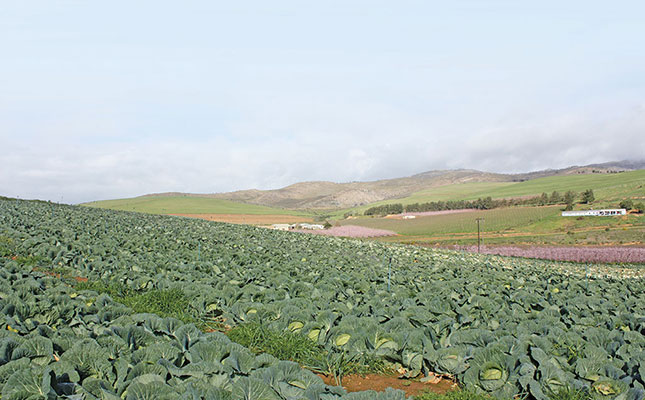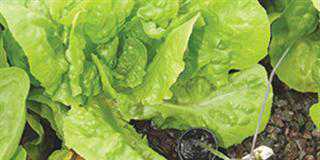
Much of what follows has been covered before, but it’s worth repeating. These are essential first steps for anyone who wishes to grow vegetables commercially.
- Do your homework: Understand the risks involved. Know your strengths and how to overcome your weaknesses.
- Don’t take short cuts: Practise correct cultivation from the seedling stage, as well as sound management, in order to produce healthy plants that can withstand adverse field conditions.
- Make a reasonable profit: If, for example, you’re growing onions on 1ha, you should be able to achieve a yield of 4 000 bags of 10kg each. Let’s say your input cost is R1/ kg (R10/bag). If you sell the onions at R2,20/ kg (R22/ bag), you will make a profit of R1,20/kg (R12/ bag). This will give you a gross income of R88 000 and a profit of R48 000. If you sell your produce at only, say, R1,20/ kg (R12/ bag), you will make a profit of R20c/kg (R2/ bag). This will give you a gross income of R48 000 and a profit of R4 000. Can you run a business and live on R8 000? Obviously, if you grow onions on, say, 10ha instead of 1ha, you will earn ten times more. But remember that a bigger farm requires larger, more expensive infrastructure.
- What to plant: Make sure you know all that is required to grow a specific crop, especially in terms of climate and soil.
- Soil: Sandy loam and clay loam soils are best for growing vegetables. Sandy soil can be a problem because water and nutrients tend to drain through it easily. This can lead to stress and lower yield.
- Nutrient status: Regularly analyse the nutrient status of the soil and the quality of water used. The ARC-Institute for Soil, Climate and Water can help you in this regard.
- Fertiliser: Conduct a soil analysis; this will enable you to apply the correct fertiliser in accurate quantities. Over-fertilising can waste a great deal of money.
- Water: Poor quality water will affect the quality of the soil and the crop. Quantity is also crucial: if a borehole is the only available water source and it cannot supply water at a high enough rate, you will not be able to grow vegetables. Using municipal water can be expensive for vegetable production, as you need 15mm to 20mm of irrigation once a week. Work out the costs of using municipal water for irrigation beforehand.
- Infrastructure: A bakkie or something similar is essential for transporting items on a farm. And if you’re cultivating a large area of land, you will need a tractor. The irrigation system must suit the soil and crops produced and be manageable and well-maintained. You will also need a packing shed or store if you are growing a high-quality crop.
- Capital: Vegetable production is expensive, with high input and labour costs. To make a profit, you must have high yield and quality. If money is not available for all the inputs as described here, it is better to abandon the idea of vegetable production and consider something else.
Phone the ARC-Institute for Soil, Climate and Water at 012 310 2500.
FW issue: 20 March 2015












